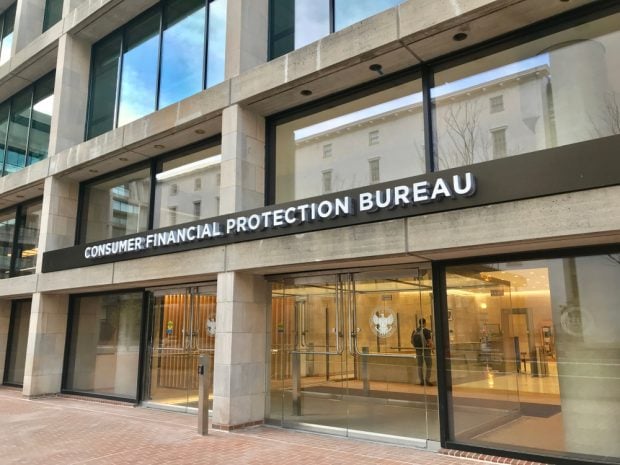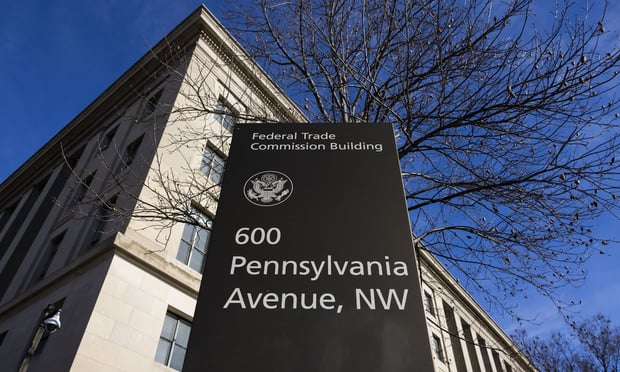One challenge fraud prevention experts face is identifying true fraudulent transactions in a sea of false positives. Too often, it is the credit union member noticing a slew of fraudulent charges before the credit union notices rare transactional behavior. Or the credit union notices uncommon purchases that were in fact initiated by the member, but due to a lack of updated contact information results in the credit union turning off the member's debit card as a precaution.
In either scenario, the credit union is receiving calls from a member who is unhappy. The member either has a disruption in access to their money, or they are trying to reclaim money stolen from their account.
As for the credit union, this is more than just a member service annoyance. In the case of theft, the credit union faces monetary losses. As for the disturbance in transactions, this could result in a potential loss of a credit union member.
The Power of Fraud in the Hands of Credit Union Members
One way to better combat debit fraud is to turn to the members themselves to help identify legitimate transactions. By narrowing the number of suspicious activities to navigate, a credit union's fraud department is able to focus on the true threats as opposed to manually sifting through and detecting suspicious transactions.
Offering a proactive approach to fraud also helps member loyalty. The member notices that their credit union has their best interest in mind and truly cares about their time and money.
Although many core providers have fraud analytics already integrated into their system, more financial institutions are leveraging the popularity of mobile banking applications and the ubiquitous presence of texting to verify suspicious transactions in real-time. These systems ask the member to confirm transactions that meet certain criteria via their cell phone before processing the transaction.
Thanks to the ease of working with your credit union's mobile banking application, as well as SMS messages, email and call alerts, the system can notify credit union members of any suspicious activity. The alerts give the member a chance to decide whether those charges are indeed fraudulent and allow them to take action of their own account with immediate member verification by channel of choice or all channels, including interactive voice response. In addition, such solutions provide notification of real-time activity, where the member can decline the first transaction that was not initiated by them.
Incorporating solutions with fraud notifications also minimizes false positives. In other words, the notifications the member gets are always of importance and they are not bombarded with notifications that are not of interest to them.
Increasing Event Management Without Increasing Headcount
The extra layer of security and fraud management allows credit unions to be able to notify members both within and outside of business hours, instead of hiring on additional staff to monitor around the clock. This alleviates the accumulated cost in the areas of training, salary and benefits. Not to mention, the decrease in the detrimental costs makes up for fraudulent charges.
This also grants current fraud department representatives the opportunity to work hours that coincide with the credit union's hours. Although a call center is important for members to have reassurance that their account has not been further compromised, they feel at ease knowing that they were able to take action on their own account thanks to the notification and real-time response offering.
The overall goal for credit unions is to establish and maintain a relationship with their members by providing peace of mind that the member's money is in good hands, and to ensure the member continues and expands their business relationship with the credit union. By providing additional banking offerings, the member can feel they have the same capabilities of individuals banking with the megabanks while enjoying the notable care provided by credit unions.
 Chris Renshaw is president/CEO of REDI Enterprise Development, Inc. He can be reached at 205-608-2121 or [email protected].
Chris Renshaw is president/CEO of REDI Enterprise Development, Inc. He can be reached at 205-608-2121 or [email protected].
Complete your profile to continue reading and get FREE access to CUTimes.com, part of your ALM digital membership.
Your access to unlimited CUTimes.com content isn’t changing.
Once you are an ALM digital member, you’ll receive:
- Breaking credit union news and analysis, on-site and via our newsletters and custom alerts
- Weekly Shared Accounts podcast featuring exclusive interviews with industry leaders
- Educational webcasts, white papers, and ebooks from industry thought leaders
- Critical coverage of the commercial real estate and financial advisory markets on our other ALM sites, GlobeSt.com and ThinkAdvisor.com
Already have an account? Sign In Now
© 2024 ALM Global, LLC, All Rights Reserved. Request academic re-use from www.copyright.com. All other uses, submit a request to [email protected]. For more information visit Asset & Logo Licensing.









